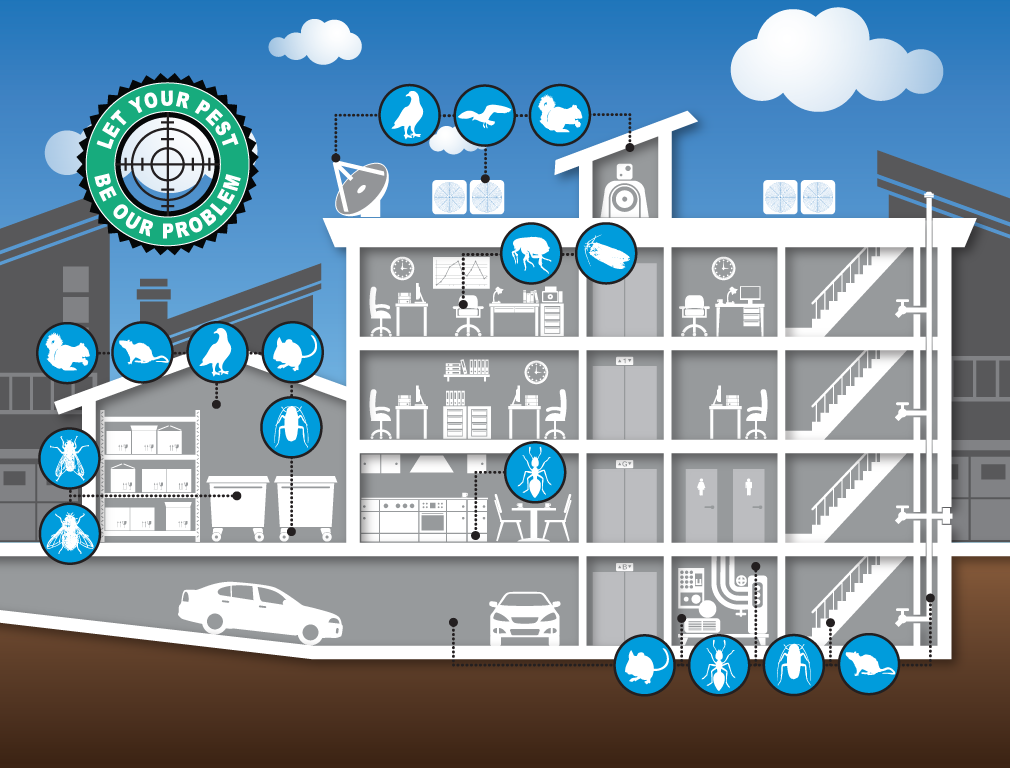Exploring The Various Types Of Termites And Their Unique Behaviors
Exploring The Various Types Of Termites And Their Unique Behaviors
Blog Article
Developed By-Thomassen Hartman
When observing the elaborate world of termites, you'll discover a varied range of varieties, each with its own distinctive behaviors and habitats. Subterranean termites may appear plain as they create mud tubes, however their effect on wooden structures is much from negligible. Nevertheless, drywood termites present a different obstacle, living within the extremely timber they eat, evading simple detection. As you think about these nuances in termite habits, a deeper understanding of these bugs' complicated societies and survival approaches emerges, shedding light on the significance of further exploration into their globe.
Common Types of Termites
When determining typical kinds of termites, it's vital to recognize their unique attributes and behaviors. Among one of the most widespread types is the below ground termite. These termites stay in the dirt and build complex mud tubes to access food sources above ground. Subterranean termites are understood for their destructive feeding routines, typically targeting wood frameworks within homes.
An additional common type is the drywood termite. Unlike subterranean termites, drywood termites do not require contact with the soil. Instead, they live directly within the wood they consume. These termites can be more difficult to find as they do not create mud tubes, making their presence more difficult to determine up until considerable damages has been done.
Formosan termites are one more prevalent kind understood for their hostile feeding behaviors. They can take in wood at a quick speed, bring about extensive structural damages if left unattended. Determining these typical types of termites beforehand is essential in applying efficient parasite control actions to secure your building.
Behavior Patterns of Termites
Comprehending the actions patterns of termites is important for successfully handling and protecting against infestations in your building. These little parasites can create considerable damage if left untreated. Below are 4 key actions patterns of termites that you should be aware of:
1. ** Social Structure **: Termites reside in colonies with a specified hierarchy consisting of workers, soldiers, and the queen. Comprehending this structure can assist in targeting the source of the infestation.
2. ** Feeding Behaviors **: Termites feed on cellulose located in wood and other plant materials. They can eat large quantities of wood, resulting in structural damages otherwise managed without delay.
3. ** Nesting Behavior **: Termites develop intricate nests that can vary based upon the types. Knowing where termites could nest can aid in locating and removing swarms.
4. ** Swarming Behavior **: Termite swarms include winged reproductive individuals looking for to develop brand-new colonies. Acknowledging swarmers can indicate a close-by infestation and the demand for immediate action.
Managing Termite Infestations
To effectively handle termite invasions, positive assessment and targeted treatment are crucial. On a regular basis examine your building for any indications of termite task, such as mud tubes, hollow-sounding wood, or thrown out wings. Resolving any type of problems immediately can assist avoid extensive damages to your home. If you think a termite infestation, it's important to get in touch with a specialist bug control service for a thorough assessment.
Treatment choices for taking care of termite problems differ relying on the seriousness of the issue. In cases of localized infestations, place treatments may be effective. Nonetheless, if the infestation is widespread, tenting and fumigation may be essential to eradicate the termites entirely.
Preventative steps can additionally aid in managing termite invasions. These include lowering moisture around your home, saving fire wood away from your home, and keeping a clearance in between dirt and wood frameworks. By being https://weather.com/science/environment/news/2023-06-06-how-to-help-a-wild-animal-bison-yellowstone and taking required preventative measures, you can effectively manage termite problems and protect your property from possible damage.
Final thought
As you explore the globe of termites, you'll discover a remarkable tapestry of habits and features. Just like a harmony of nature, each kind of termite plays an unique function in the ecological community.
By comprehending their behavior patterns and managing invasions efficiently, you can integrate with these little but magnificent animals. So grab your conductor's baton and allow's orchestrate a termite-free future with each other!
